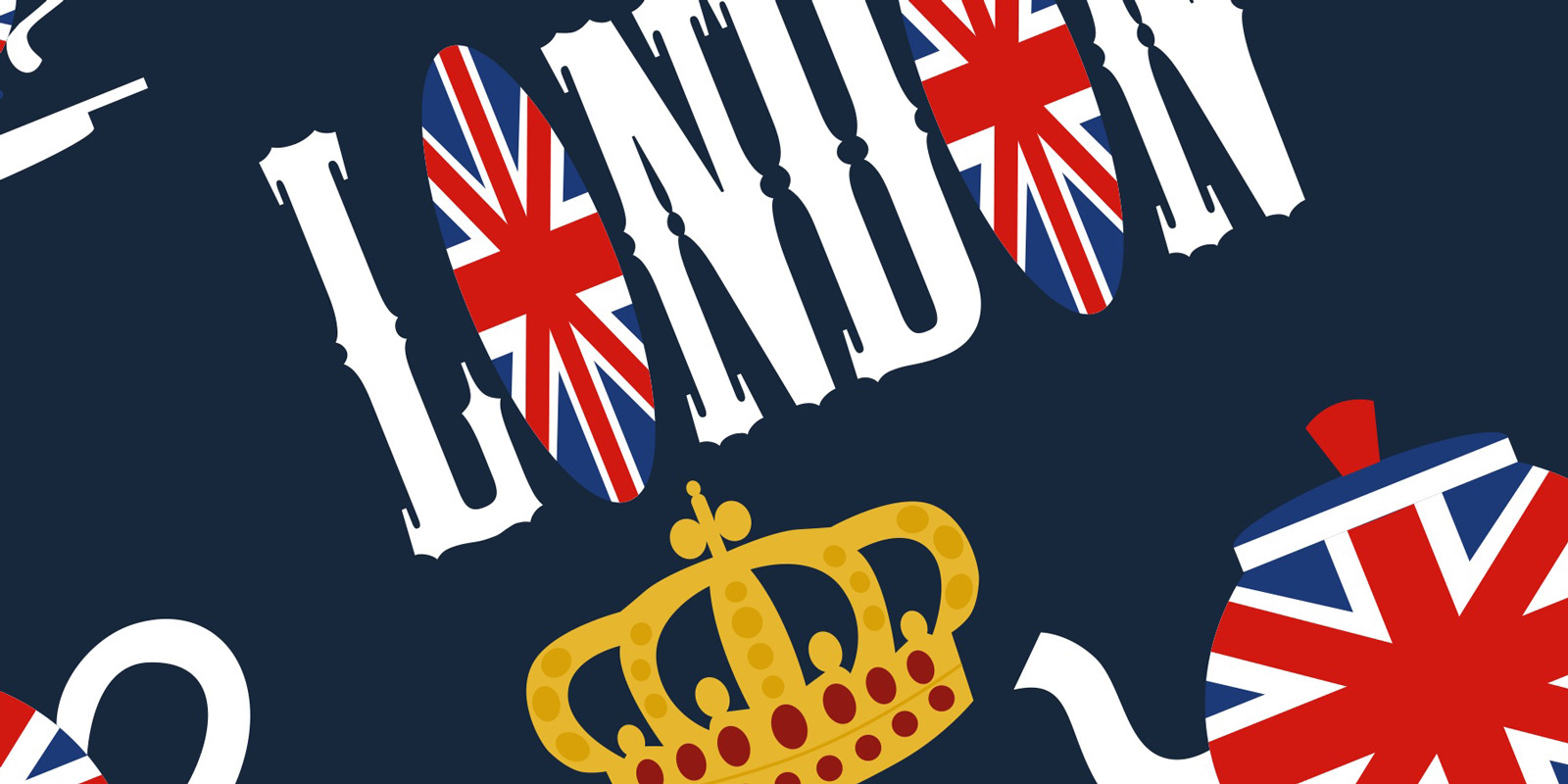Brits! Take back the web by writing style sheets in Queen's English, make this Jubilee year the time for change and write your CSS in conformance to proper British English!
As this year is the Queen's Jubilee, we thought we would get in on the act blogging about something Queen related. What we stumbled across is a cracker...
Developers have now got used to writting cascading style sheets following the traditional American spelling. For example a simple line of css might include: "Background-color: #ffffff;'. Apart for the odd grumble the we might have without anyone else paying any attention there is nothing we could do about it, that is until now!
Spiffing CSS lets us brits take back control of the web, and our way of writing CSS. Before Spiffing CSS came along, old css code would look something like:
<span style="font-family: monospace;" rel="font-family: monospace;" rel="font-family: monospace;" rel="font-family: monospace;">body { <br />background-color: gray !important; <br />opacity: 0.5; <br />}</span>
However we can now write:
body {<br />background-colour: grey !please;<br />transparency: 0.5;<br />}
Would one like to use Spiffing?
Spiffing is rather simple to use. First, though, one must check whether one has PHP 5.2 (or newer) installed upon their Internet server. If so, one may continue with the installation:
- Go and download Spiffing, and install on your server. It’s recommended you put it in the same directory as your CSS files.
- Code one’s CSS as one normally does.
- Replace any links to your CSS files to prepend Spiffing. For example, <link href="style.css"> becomes <link href="spiffing.php?file=style.css">. You do not need to do this to @imported files within the Spiffing-processed code, however.
- Celebrate your well-spelt stylesheets with some tea and scones.



